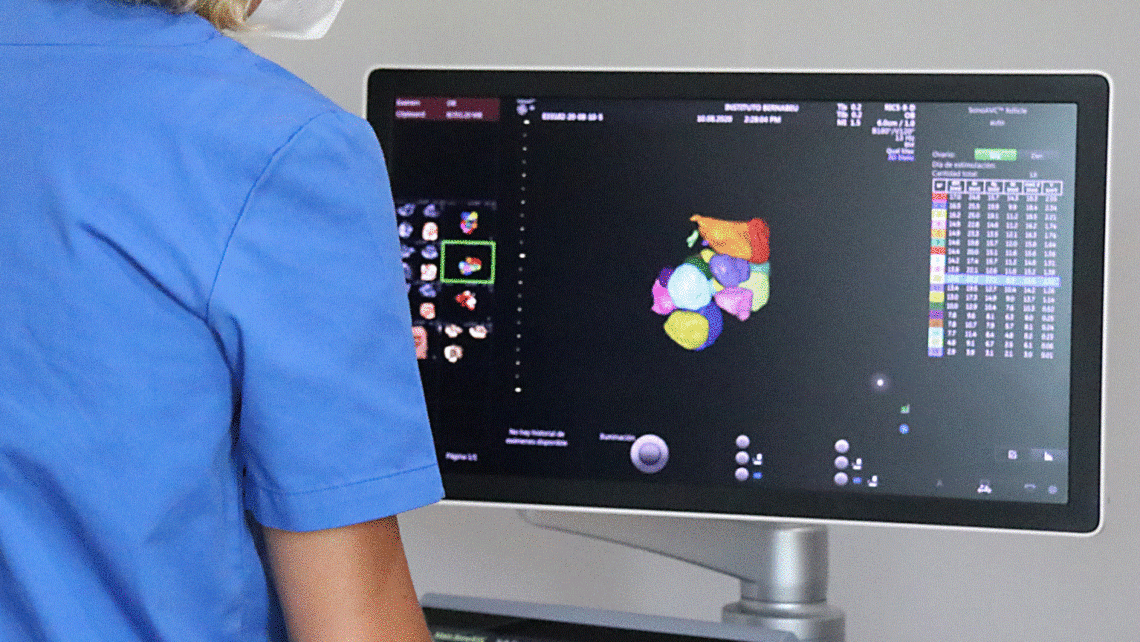
Accumulation of oocytes in patients with a low response
The number of oocytes retrieved is a key prognostic factor in In Vitro Fertilisation (IVF) treatments. Chances are greater the greater the number of retrieved oocytes is, until the moment when 6 to 8 oocytes have already been retrieved.
For this reason, care of patients with a Low Response should be especially thorough, both as regards the chosen protocol for ovarian stimulation and the processes of oocyte retrieval and management at the laboratory. In these cases, retrieving an extra oocyte may considerably increase the chances of success.
While many of these patients benefit from the implementation of specific stimulation protocols and the use of adjuvant therapies, some of them will be refractive and will yield a very poor response.
The appearance of egg vitrification as a successful technique to freeze both oocytes and embryos, has stirred new expectations in patients with a low response at the possibility of accumulating vitrified eggs from several stimulation cycles. This way, after performing a number of oocyte collection cycles and once collecting a number between 6 and 8 oocytes has been achieved, the processes of fertilisation begin. In this case, prognosis is more favourable, as patients now have more or less the same number of oocytes as those patients with a normal response.
This strategy offers a new option to patients with a Low Response, even though its advantages and disadvantages should be carefully analysed. They are listed below:
Índice
Advantages to the accumulation of oocytes
Economical
Not completing the processes of fertilisation and embryo culture makes necessary a single laboratory process to work with all the accumulated oocytes. Patients only have to pay a full treatment and additional cycles of freezing, keeping the chances offered by several cycles at a much lower cost.
Emotional
The stress of taking several treatments is concentrated in just one. There is just one two week wait (2WW). This makes patients who focus on retrieving a number of oocytes before starting the processes of fertilisation less likely to quit the treatment prematurely.

Deferred transfer
Not having to transfer embryos during stimulation is an advantage that enables us to use protocols that can improve ovarian response without the need to worry if stimulation may be detrimental to uterine receptivity. Subsequently, transfer is performed during a cycle where the uterus is specifically prepared to optimise receptivity.
Disadvantages
Oocyte loss
Even though survival rates after vitrification are excellent, some oocytes do not manage to survive upon thawing. It is estimated that around 15% of oocytes are lost in the process.
Unnecessary stimulation cycles
Those patients who became pregnant using oocytes retrieved during their first cycle would have been put through unnecessary cycles.
Therefore, accumulation of vitrified oocytes in patients with a Low Response is an attractive alternative. However, this option should be discussed with a doctor to assess its advantages and disadvantages and its suitability according to the patient’s characteristics.
